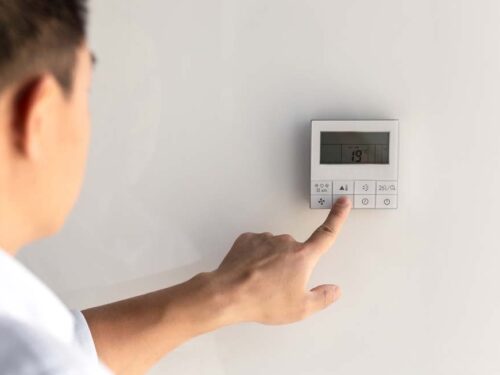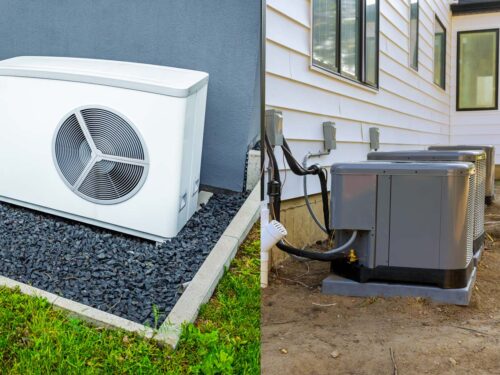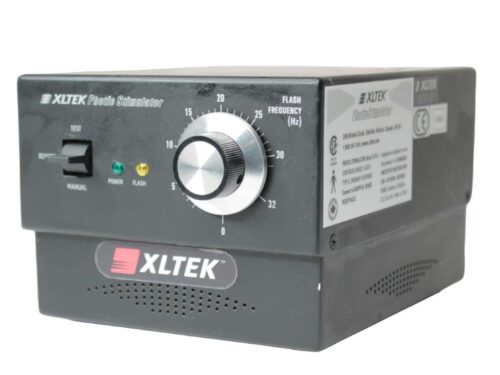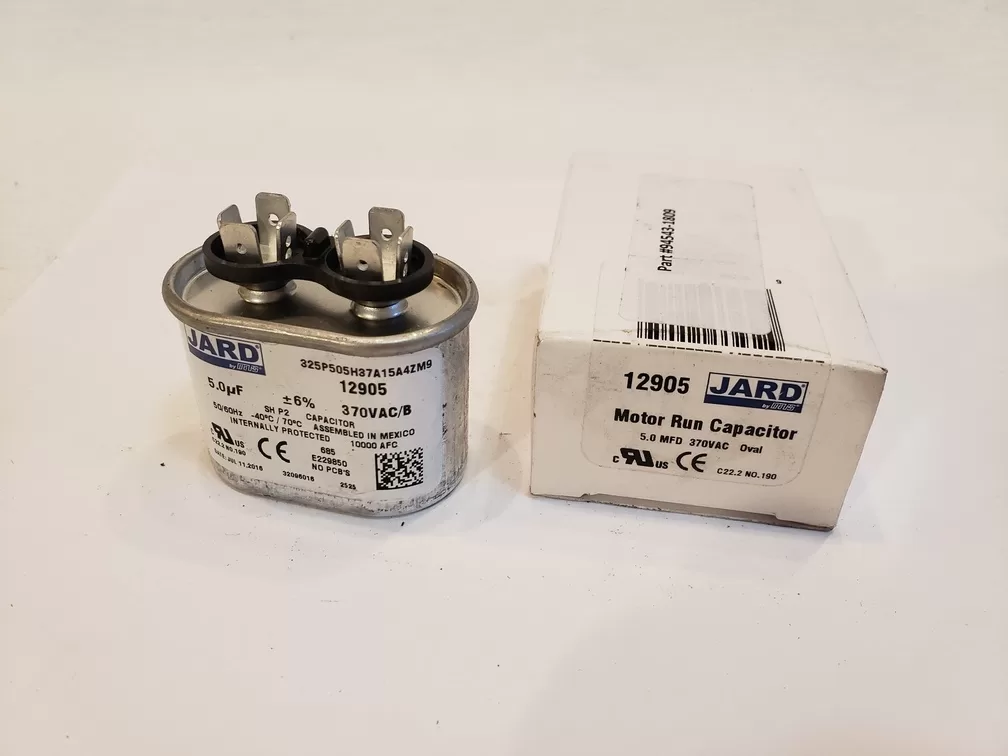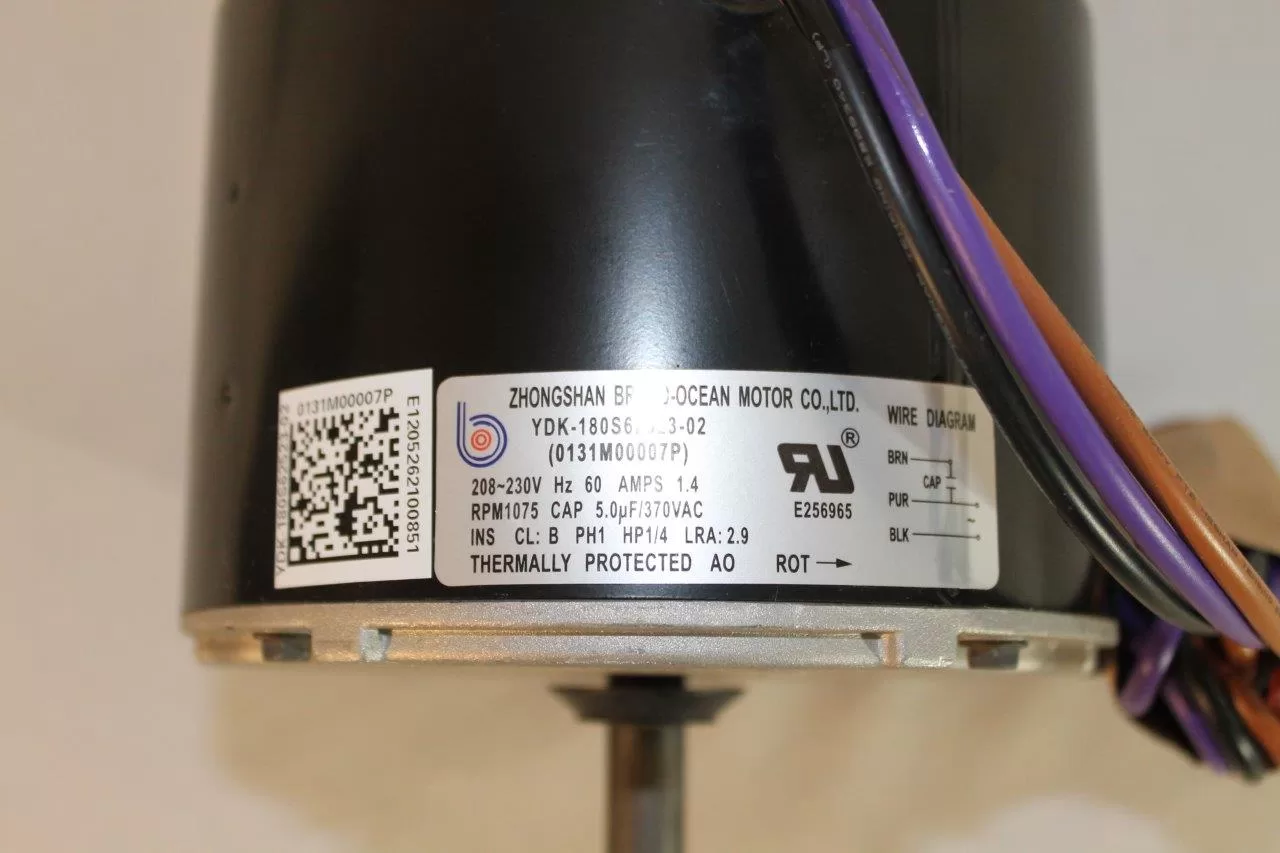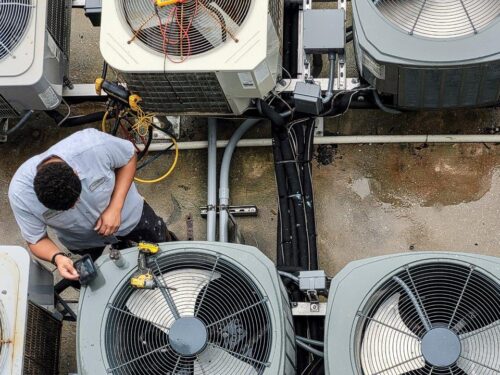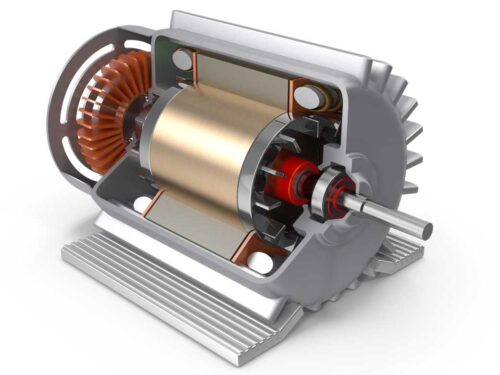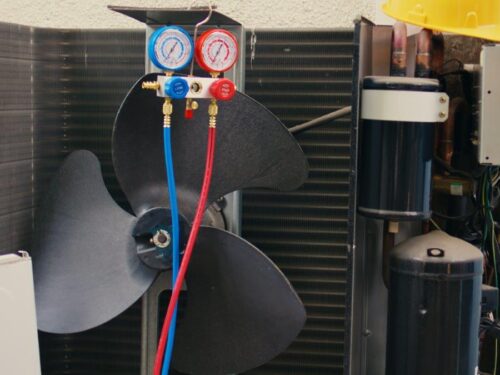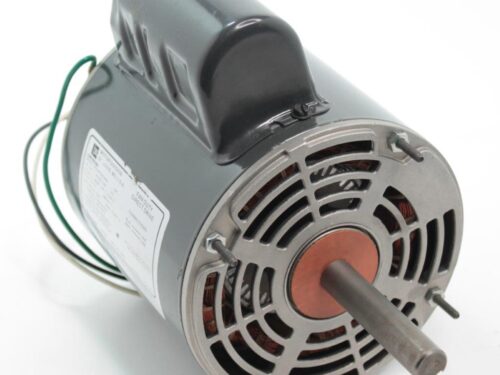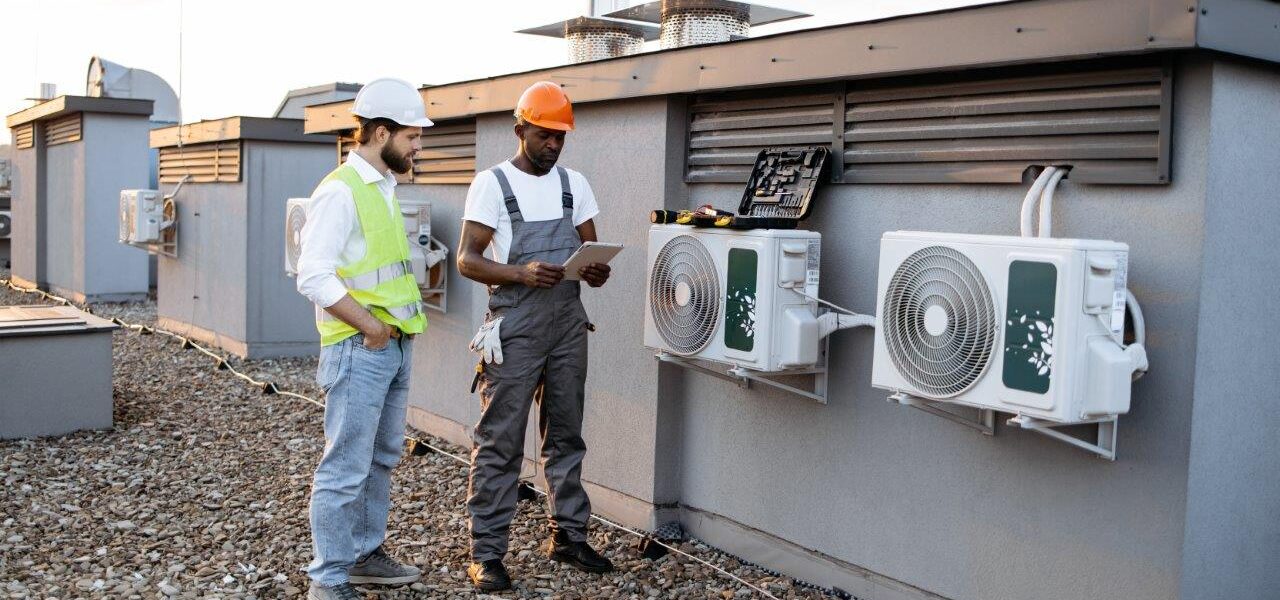
An RTU, or Roof-top Unit, HVAC system consolidates all necessary components into a single unit placed on a building’s roof. Traditional HVAC systems often spread components between indoor and outdoor locations. For example, while the condenser coils and compressor sit outside, the fan resides inside. An RTU simplifies this by housing everything in one package on the roof, using ductwork to distribute cooled or heated air throughout the space.
Key Characteristics of RTU HVAC Systems
- Integrated Design: By integrating all components, RTUs streamline both the structure and function of traditional HVAC systems.
- Location: Typically installed on the roof, RTUs free up indoor space that would otherwise be occupied by HVAC components.
- Distribution: They utilize a building’s ductwork to circulate air evenly across different areas, making them efficient in handling various thermal zones.
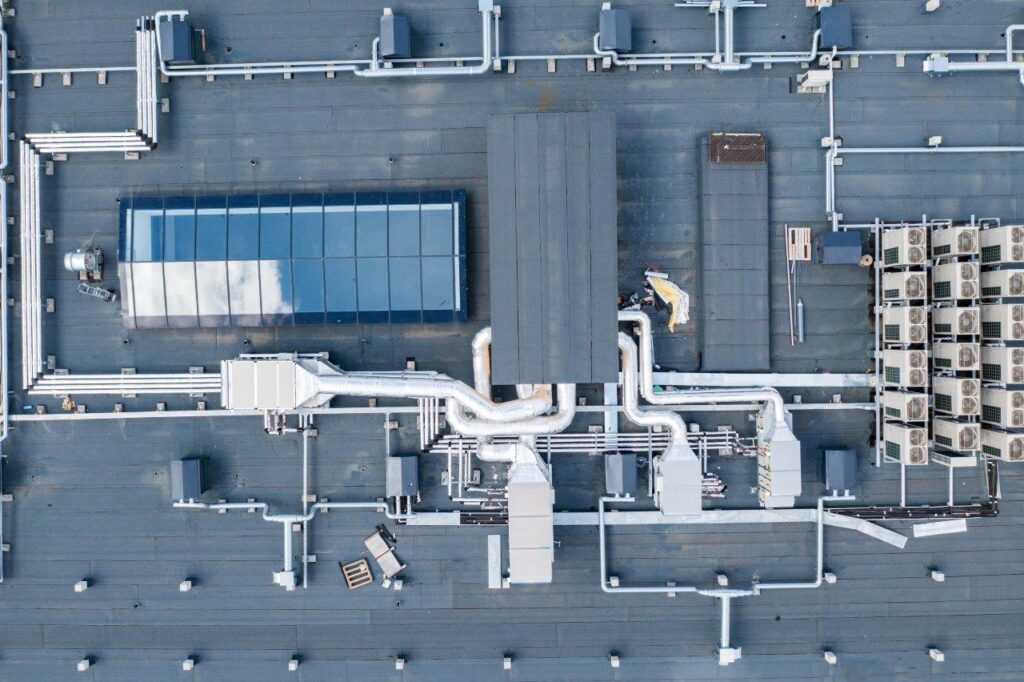
Suitability and Accessibility
While RTUs bring several advantages, they are not universal solutions. They work best in buildings with roof access that is straightforward and secure. Structures over ten stories may find RTUs inefficient due to their limited capacity to push air to higher floors effectively. Furthermore, if roof access is challenging, it can complicate installation and maintenance, potentially leading to higher costs and reduced attention to regular service, which can shorten the unit’s life.
Practical Applications and Benefits of RTU HVAC Systems
Where RTU Systems Excel
RTU HVAC systems are especially advantageous in commercial settings like restaurants, retail stores, shopping centers, and warehouses. These environments benefit from the RTU’s ability to manage large, open spaces efficiently.
Key Benefits of RTU Systems
- Energy Efficiency: RTUs are assembled under optimal conditions, ensuring that all components work with maximum efficiency. This setup can lead to significant savings on utility bills due to reduced energy consumption.
- Space Optimization: By placing the entire system on the roof, RTUs free up valuable indoor space. This is particularly beneficial in retail environments where every square foot can contribute to revenue.
- Cost-Effective Installation: Since RTUs are delivered pre-assembled, installation is quicker and less labor-intensive compared to traditional systems. This simplicity often translates into lower installation costs.
- Simplified Maintenance and Repairs: With all components located in one accessible area, maintenance and repairs are more straightforward, potentially reducing the time and cost of service calls.
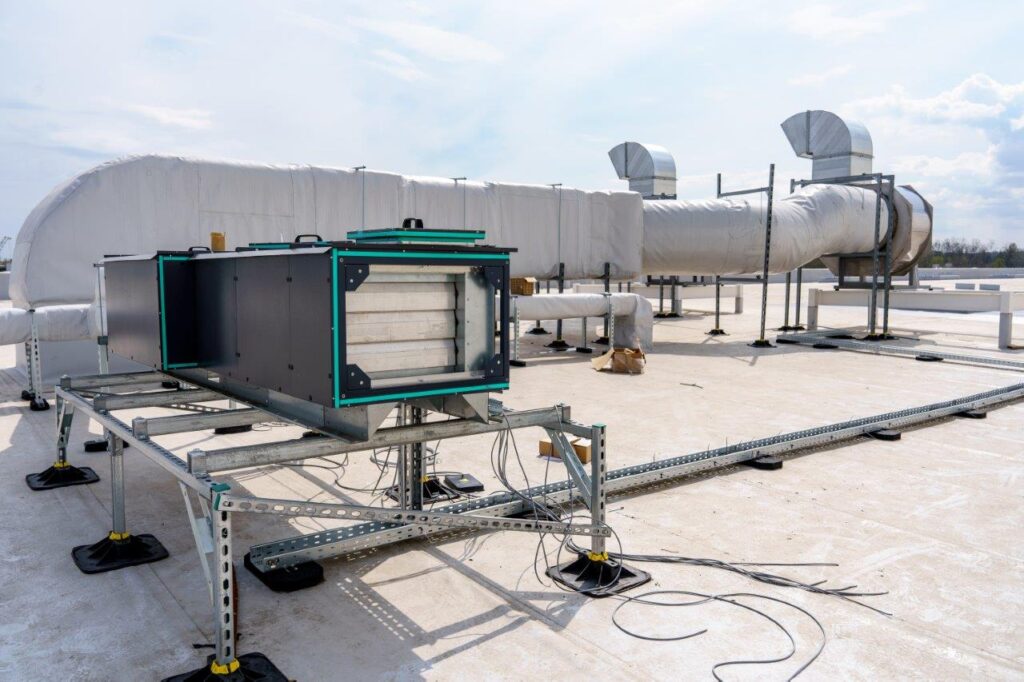
Limitations to Consider
However, RTUs are not without their drawbacks. Here are a few to consider:
- Building Compatibility: RTUs require a flat roof with easy access and are less effective in high-rise buildings exceeding ten stories.
- Environmental Exposure: Being on the roof, these units face the brunt of environmental conditions— extreme weather can increase wear and tear.
- Risk of Infestation: Quiet and isolated, roofs can attract animals or insects, which may nest in or damage the unit.
Conclusion
In summary, RTU HVAC systems offer a compact, efficient solution for many commercial buildings, optimizing space usage and reducing operating costs. However, the suitability of RTU systems depends heavily on the specific building characteristics and accessibility of the installation site. When considering an RTU system, it’s crucial to evaluate these factors to ensure it aligns with your property’s needs and maintenance capabilities.

